Turkey’s Endangered Orchids Are Disappearing, One Sip at a Time
Salep, a sweet drink with ancient roots, is often made with illegally foraged bulbs.
For Kerem Özcan, a data scientist based in Amsterdam, winters in his home country of Turkey would not have been the same without salep, a hot drink made of crushed orchid roots, milk, and sugar. On ski trips to the mountains of Uludağ, “we’d always end the cold and tiring day with a salep,” he says. Özcan, who left Turkey in 2013, is one of the many Turkish people living abroad who thirsts for salep. “I tried to quench it with eggnog a couple times, but it didn’t cut it for me,” he says.
Much like eggnog, salep is a staple winter drink, and it is enjoyed throughout Turkey, Greece, and parts of the Middle East. Part comfort food and part medicine, it is a popular folk remedy for everything from stomachache to impotence.
In recent years, increased interest towards plant-based drinks and traditional foods has fueled a surge in demand for salep. But the craze is taking a toll on the drink’s key ingredient. It can take as many as 13 orchid bulbs to make one cup. Currently, wild orchids are considered endangered in many parts of Greece and Turkey due to overharvesting, drought, and habitat degradation.
It’s hard to say when and where salep originated but historical evidence suggests ancient Greeks and Romans consumed a similar beverage. Özge Samanci, head of the Gastronomy and Culinary Arts Department at Özyeğin University in Istanbul, explains that the Greek doctor Dioscorides described the medical properties of orchid roots in his first-century treatise De materia medica. Roman doctors also used bulbs to prepare a beverage called satyrion, a Latin word for orchid, as an aphrodisiac.
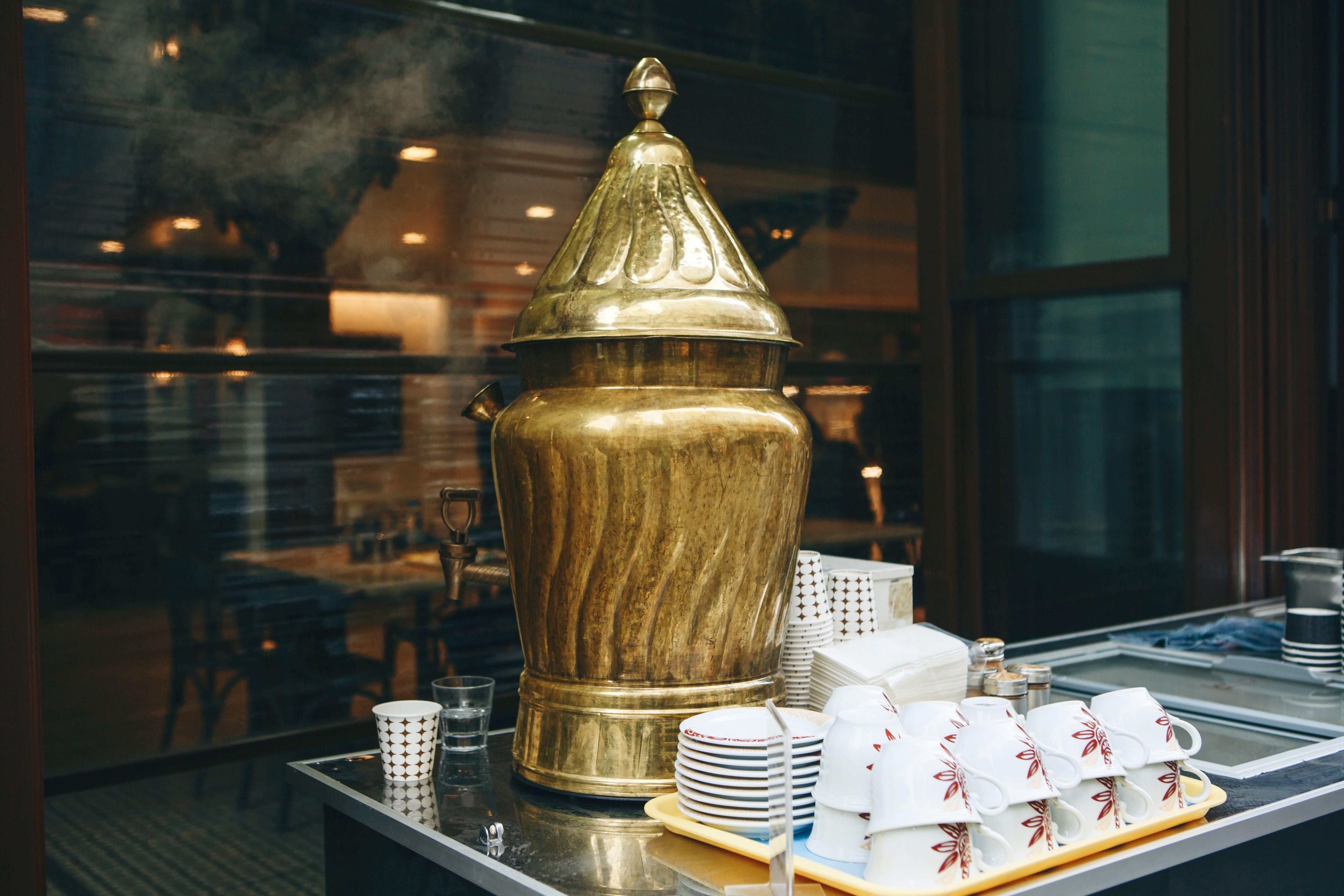
During the Ottoman Empire, salep was a medicinal staple. “There is evidence that salep was consumed in palaces of the Ottoman Empire as early as the 15th century,” Samanci explains. One of the most accurate written accounts of salep comes from Ottoman travel writer Evliya Çelebi who journeyed through the Ottoman Empire during the 17th century. “Çelebi left us a beautiful description of salep sellers in Istanbul,” Samanci explains. “They would make salep in copper kettles and promote the soothing properties of the drink by shouting something like, “It’s good for your health and your soul!”
During the 18th and 19th centuries, merchants brought salep to England, where it became known as “salop” or “salo.” “It was considered something luxurious and exotic,” Salenci says. A journal entry by Jane Austen in 1826 describes the taste of salop as “nectar.” “Tea is great, coffee greater; chocolate, properly made, is for epicures; but these are thin and characterless compared with the salop swallowed in 1826,” Austen wrote.
While salep is no longer a part of English daily life, it is still considered a winter must in Turkey. In the 1990 novel The Black Book, Turkish author Orhan Pamuk describes the protagonist hearing the typical sounds of a winter morning in Istanbul, including “the rattle of the copper kettles that the salep maker shared with the pastry cook.”
“For us, salep isn’t just a drink, it’s a feeling,” says Arda Onal, a Turkish e-bike entrepreneur based in Seattle. “To me, it represents the cozy winters of my youth.” Until recent times, salep was considered a special treat. “Drinking salep is usually a moment of luxury,” Salenci says. “It’s not something you drink four times a day like coffee.”
Can Evren, a postdoctoral researcher at Boston University, grew up in Turkey in the 1980s and remembers salep as a “quite expensive” drink compared with tea or coffee. But following Turkey’s economic opening in the 1990s, salep shifted from an artisanal drink to a mass-produced product. Ready-mix sachets of salep that can be prepared by simply adding hot water appeared in supermarkets. The sachets are much more affordable than the “original” salep and contain only a fraction of the orchid powder traditionally used to prepare the beverage.
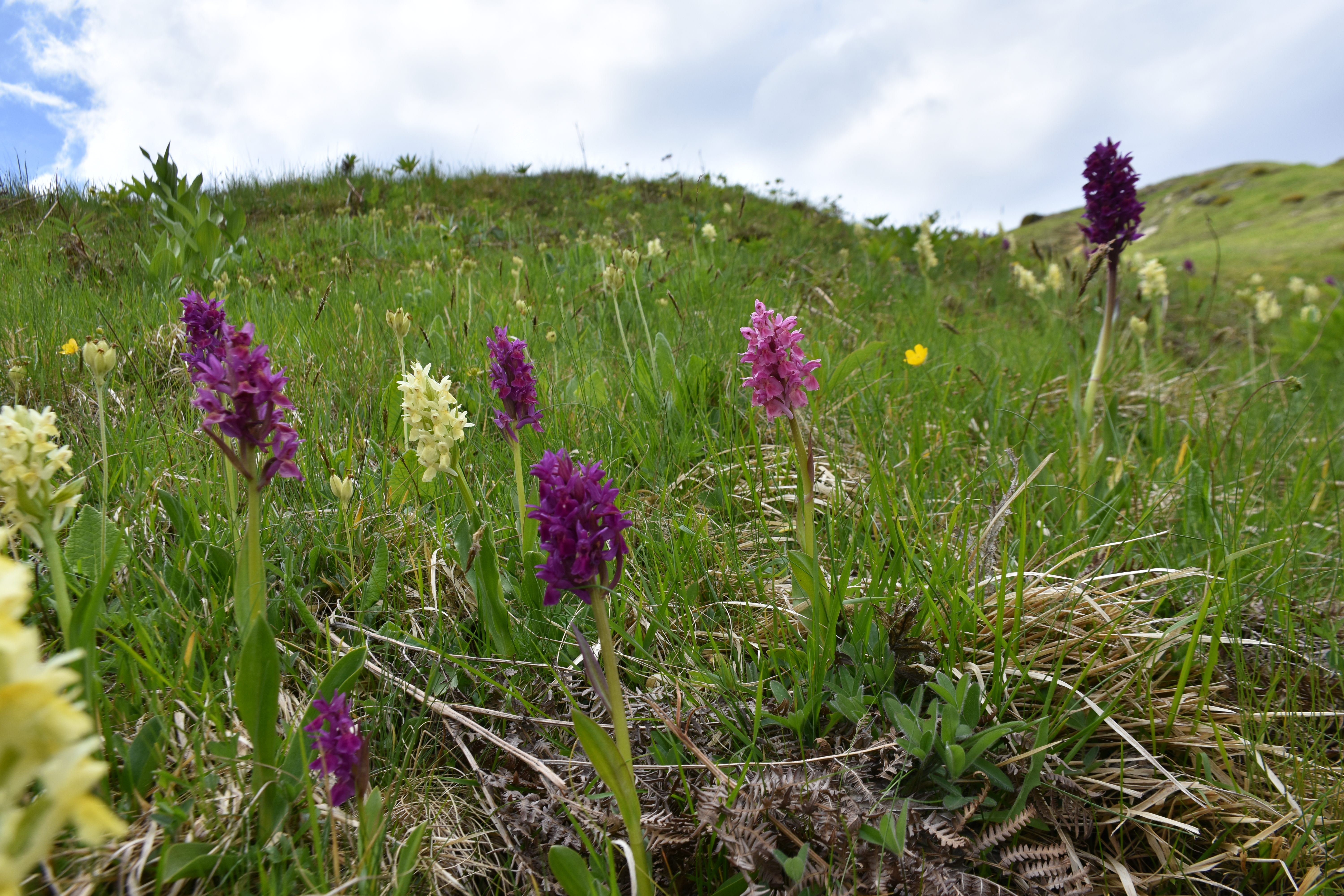
Then, in recent years, nostalgia and an increased interest in traditional foods fueled a surge in demand for the “real” salep. “There has been a revived demand for salep as well as other products of natural origin, like mountain teas or herbs, in the last decade or so,” says Martha Charitonidou, a postdoctoral researcher in the Department of Biological Applications & Technology at the University of Ioannina, Greece.
But this interest in traditional and more wholesome foods is putting pressure on salep’s key ingredient. Orchid powder is made from the bulbs from the Orchis, Ophrys, and Dactylorhiza which include about 109 species of orchids mostly native to North Africa and Eurasia. In order to make salep powder, also known as “white gold” for its market value, foragers dig orchid plants out of the soil with small shovels. Then, the round roots of each plant are harvested, cleaned, boiled, dried, and crushed into powder. This orchid powder can sell for up to 80 US dollars per pound.
A few farms do cultivate orchids for salep, but it’s a difficult and expensive endeavor. The vast majority are still foraged in the wild. Most wild orchids used to make salep are listed as protected species under the Convention on International Trade in Endangered Species (CITES) which regulates the trade of endangered animals and plants. In theory, protected orchid plants should be traded across national borders only with documentation certifying that they have been harvested or cultivated sustainably.

However, orchids are one of the most sought-after species on online platforms that sell illegally sourced wildlife. Researchers from Naturalis Biodiversity Center in the Netherlands have documented the illegal sale of orchid tubers intended for salep on digital marketplaces over a period of 18 months. Data shows that over that period, about $37,775 US dollar’s worth of salep orchids changed hands, accounting for anywhere between 90,000 to 180,000 illegally harvested bulbs.
The market for orchid bulbs is hotter than ever. “There has always been demand for salep,” Salenci says. “But now, it is at a new level.” It’s not just salep that is driving this demand, she notes. Dried orchid roots are also the main ingredient of the traditional stretchy ice cream known as dondurma in Turkey and kaimaki in Greece, both of which are in high demand.
Ethnobotanists and scientists across Greece, Turkey and the Middle East are trying to find a balance between the preservation of these food traditions and the sustainability of their main ingredient. “This is a hot topic among university departments,” Salenci explains. “There is an interest in protecting orchid flowers in order to protect salep.”
Orchids have a unique feature which may help. As explained by Charitonidou, at the end of summer most orchid plants lie dormant underground. In autumn, a new shoot sprouts from the tuber, while an entirely new tuber develops on the side. In late spring to mid-summer, orchids go through their flowering and fruiting season. This is when the flower develops from the “old” tuber, which gradually decays. By autumn, the old tuber is replaced by the fresh tuber and a new cycle starts.

Omer Caliskan, a plant expert at the University of Ondokuz Mayis in Samsun, Turkey, is trying to harness this phenomenon in order to sustainably harvest orchid tubers. Caliskan observed that some orchid species are able to produce an additional “emergency tuber.” During a 2017 experiment in Samsun province, Caliskan and his colleagues planted 100 specimens of the species Serapias orientalis. In early spring, they harvested the fresh tuber produced by the plant. Upon replanting the tubers, they noticed that most of the orchids produced a new tuber within a month.
“The tuber that has lost its offspring tries to make a new tuber,” Caliskan explains. “This ability to regenerate can make harvesting salep more sustainable.” For now, the experiment has only succeeded with Serapias orientalis orchids in Samsun, but Caliskan thinks that salep collectors could one day selectively harvest orchids that can regenerate their bulbs.
But at the moment, wild orchids are still under threat. And while some forms of traditional foraging have proven sustainable, the majority of orchid collectors are putting these endangered plants at risk. “Most salep found in markets is illegally traded or harvested,” says Susanne Masters, an ethnobotanist at Naturalis Biodiversity Center in the Netherlands. She advises people to avoid consuming salep at all to avoid further endangering wild orchids. “To consume salep sustainably you would need to be growing your own, or personally know and trust a person who is a custodian of a landscape in which the orchids used for salep are growing.”
Some salep sellers are taking the matter in their own hands. Annapurna Cafe, a “sustainable botanical cafe” in Istanbul, has committed to replanting orchids for each salep-based product they sell. During their first year of operations, they planted 140 orchids in a patch of land near Istanbul. “It is an area where natural salep populations had been depleted,” owner Rabia Betül Gürel explains, adding that they picked the spot after consulting with botanists and forest experts.
Annapurna Cafe’s staff also wants to educate customers, suppliers, and business owners about the origins of salep. “A lot of people have no idea that salep comes from wild orchids,” Gürel says. Evren, who often takes friends from abroad to try salep when visiting Turkey, notes that most people do not know what exactly salep is made from, which adds to the mysterious charm of the beverage.
Yet, spreading awareness about its ingredients might help drive more sustainable consumption. “The first step to a more sustainable consumption comes from awareness,” Gürel says. “We need to show the connection between traditional foods and the plants that they come from.”
Gastro Obscura covers the world’s most wondrous food and drink.
Sign up for our regular newsletter.



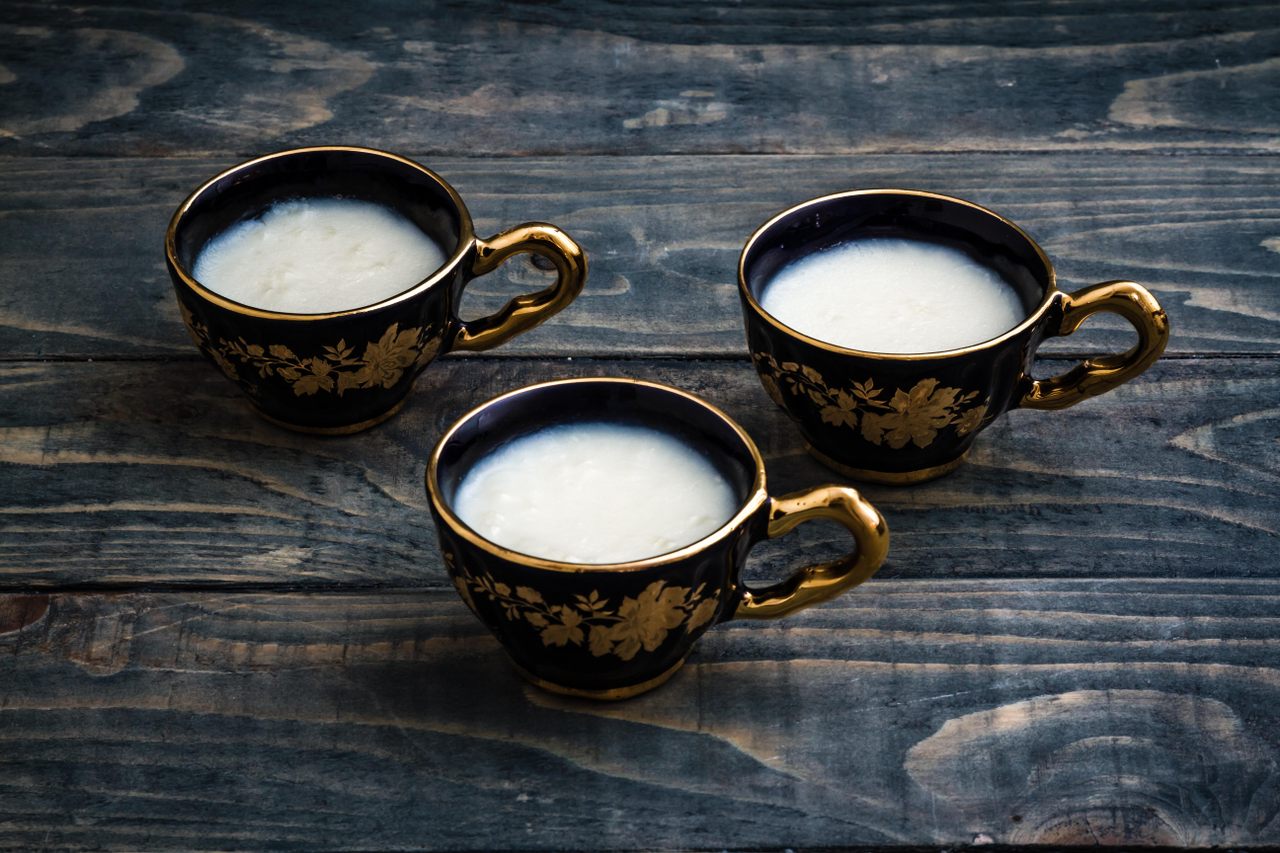



















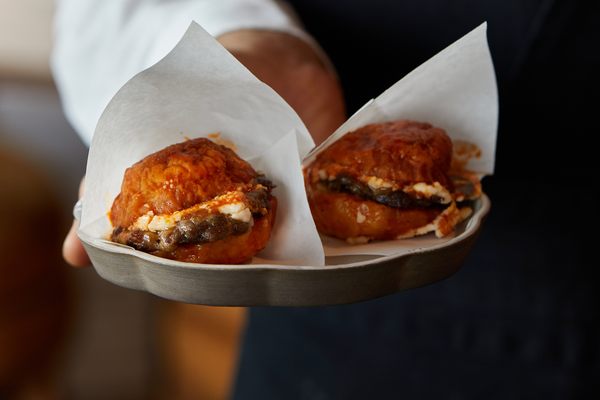
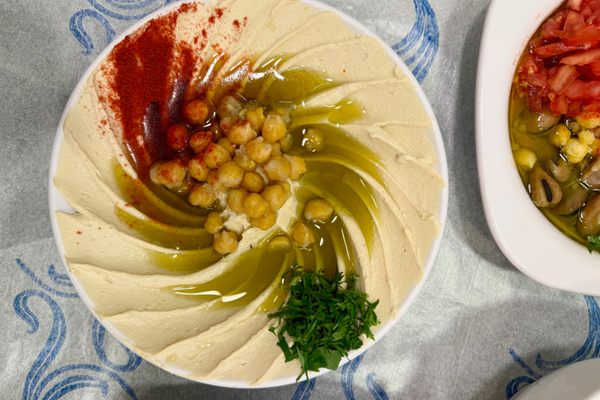




Follow us on Twitter to get the latest on the world's hidden wonders.
Like us on Facebook to get the latest on the world's hidden wonders.
Follow us on Twitter Like us on Facebook